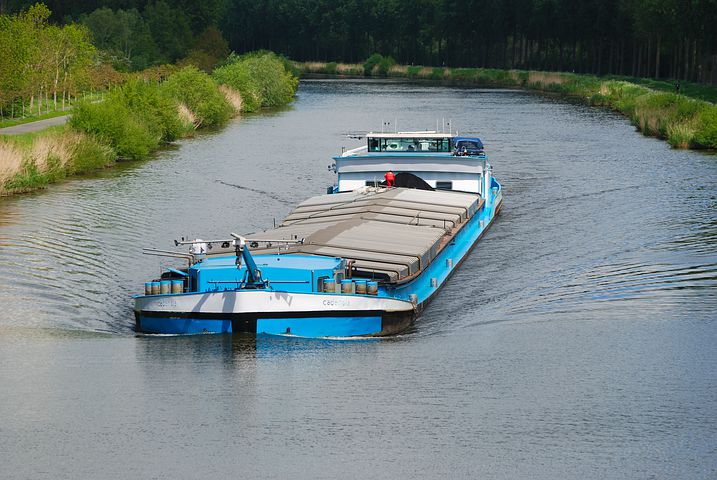By Himasutha Reddy
Delhi, July 30: The Lok Sabha passed a new bill, the Inland Vessels Bill, 2021, on 29th July. This bill will replace the Inland Vessels Bill Act, 1917. According to The Gazette of India Extraordinary, an inland vessel is a mechanically pushed or driven vehicle (by electricity, steam or any other mechanical power), which travels over water bodies located within the country or a state. The Inland Vessels Bill, 2021 ensures to promote economic and safe transportation, reduce water pollution, cheaper and safer navigation, protection of life & cargo and brings uniformity in the application of laws related to inland waterways and navigation. Here are a few essential changes in the bill:
1. The new bill passed aims to implement a uniform policy throughout all the states in the country for inland navigation.
- The registration certificate for the vessels provided under this new law is valid all over the country. However, they must have a survey certificate (issued by the state government) too to operate. A survey certificate shows the inland waters in which the vessel can operate.
- ThenewInlandVesselsBill,2021includesboats,ships,containervessels,sailingvesselsand ferries as inland vessels. The new bill has tidal waters and national waterways declared by the central government as ‘inland waters’.
- According to the new bill, a central database will be maintained, which will have all the information about the inland vessels, their registration, vessel crew and the certificates issued to them.
- Thenewlawimposedstatesthatthecentralgovernmentwillprovidetheclassification,design standards, construction, crew accommodation, and type and periodicity of surveys for inland vessels. The construction or modification of the vessels will require approval.
- The vessels should have an insurance policy that could cover the liability for any injury or loss (such as pollution) caused due to the usage of the vessel.
- The Inland Vessels Bill, 2021 includes establishing a development fund that could be for preparing for emergencies, improving inland water navigation, and containment of pollution.


